Radiological Emergency Response: Expertise and Equipment
EPA's Radiological Emergency Response Team (RERT) is made up of experts and specialized equipment for responding to radiological emergencies.
Radiological Emergency Response Team (RERT)
EPA has on-scene coordinators and several special teams that focus on responding to environmental emergencies, including the Radiological Emergency Response Team (RERT). The RERT provides specialized support for radiological or nuclear emergency responses.
The RERT is a multi-disciplinary team of scientists, engineers, health physicists (radiation experts), communications experts and laboratory staff, whose job it is to support federal, state, local and tribal response efforts during all stages of a radiological response.
During a radiological response, the RERT provides:
- Data quality assurance, assessment and interpretation.
- Environmental fate and transport modeling.
- Dose and risk assessment.
- Protective action guidance and recommendations.
- Public information support.
- Cleanup and recovery planning.
EPA’s National Center for Radiation Field Operations (NCRFO), based in Las Vegas, coordinates RERT field capabilities for preparedness planning and response to radiological emergencies. NCRFO staff assess sites contaminated with radioactive material and manage all of EPA’s radiation field resources, such as on-site monitoring and communications equipment.
EPA’s National Center for Radiation Field Operations (NCRFO) is an essential component of EPA's Radiological Emergency Response Team (RERT) and is key to EPA's response to radiological emergencies and accidents nationwide. NCRFO coordinates RERT field capabilities for preparedness planning, working with the Office of Emergency Management (OEM), Regional Emergency Response programs, and the Agency's Special Teams.
The RERT can bring a number of different types of radiological monitoring, sampling and analysis equipment to the site of a radiological emergency. EPA's radiological monitoring equipment includes:
- Mobile Environmental Radiation Laboratory (MERL)
- Provides radiation analyses for samples collected at an incident scene, including:
- Alpha, beta, and gamma analyses.
- Gamma spectroscopy systems.
- Alpha/beta proportional counters.
- Smear sample counting.
- Liquid scintillation counters with alpha/beta feature.
- Operates with stand-alone, self-generating power if needed.
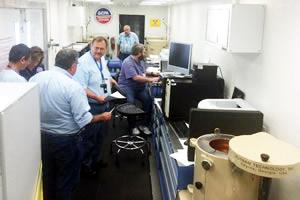
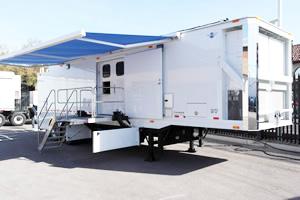
- Provides radiation analyses for samples collected at an incident scene, including:
- Sample Prep Laboratory
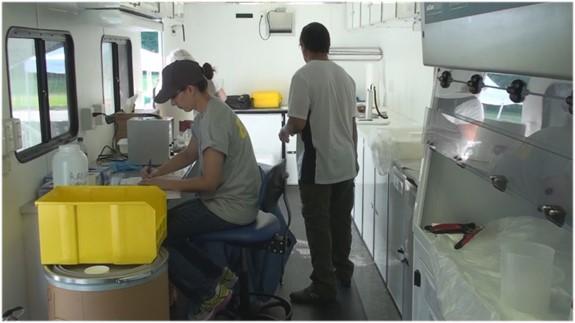
- Provides radiation analyses for sample collected at an incident scene.
- Has some quick sample prep capability.
- Allows more staff to work on samples improving throughput.
- Mobile Command Post
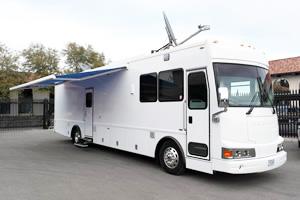
- Provides responders, scientists and other personnel with a flexible enclosed environment to direct field activities.
- Has command center, meeting room, breakout area, restroom and shower.
- Equipped with satellite TV, internet and radio for monitoring response activities.
- Can be self-powered if needed.
- Scanner Van
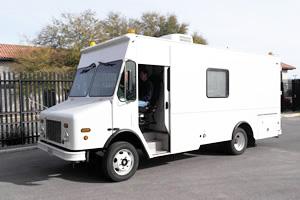
- Finds anomalous gamma radiation sources.
- Covers large area quickly to identify hotspots.
- Deployable Air Monitors
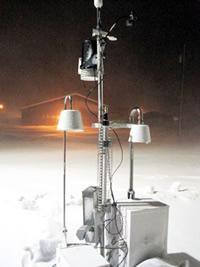
- Provides gross gamma exposure rate in near-real-time.
- Equipped with filters and cartridge for airborne particulate and iodine sampling.
- Field Monitoring and Sample Collection Equipment
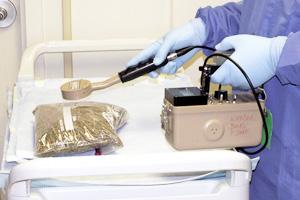
- Survey instruments for alpha, beta, gamma, and neutron.
- Field gamma spectroscopy.
- Low, medium, and high volume air samplers.
- GPS and communications equipment.
- Generators.
- Monitoring Aircraft (ASPECT)
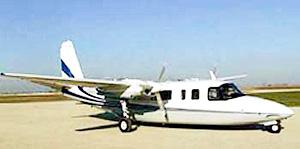
- As part of EPA's emergency response capabilities, Airborne Spectral Photometric Environmental Collection Technology (ASPECT) can provide aerial radiation monitoring for responses.
To report a radiological emergency, please contact the interagency National Response Center at 1-800-424-8802. Find additional information about reporting hazardous material releases at the National Response Center.
To request specific EPA radiological support, please contact EPA's Emergency Operations Center at (202) 564-3850.
